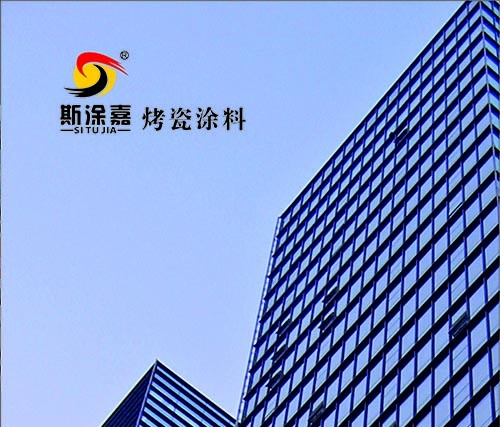With the development of science, new building materials have come out in recent years, and they are widely used in the exterior wall decoration of buildings, thus increasing the cleaning efficiency. Difficulty, posed a new challenge to the traditional cleaning and maintenance methods. Nano titanium oxide coating not only has self-cleaning properties, but also can effectively block ultraviolet rays from directly acting on colored coatings such as curtain walls and billboards exposed to sunlight, slow down their fading and not easy to age for a long time, and keep buildings fresh and beautiful. The nano titanium oxide coating also decomposes harmful gases in the air to purify the ambient air. According to the statistics of foreign experts, 1000 square meters of nano-coating is equivalent to the air purification effect of 70 poplar trees. More importantly, the nano-titanium oxide self-cleaning coating has a long-term effect and can be used for 8 to 10 years after one coating.
In 1972, Japanese Fujishima and Honda discovered the heterogeneous photocatalysis of TiO2 semiconductors, and in 1997, R. Wang published TiO2 thin films Papers with light-induced hydrophilic properties, these two findings form the technical basis for TiO2 superhydrophilic self-cleaning coatings, which utilize the photocatalysis and light-induced superhydrophilicity of TiO2 to achieve self-cleaning effects on surface films.

Nano-TiO2 is an N-semiconductor material with a forbidden band between the valence band filled with electrons and the conduction band composed of holes , when the energy of the ultraviolet light irradiated on the surface of the nano-TiO2 film is greater than the forbidden band width, the electrons in the valence band of the nano-TiO2 are excited, transition to the conduction band, and at the same time form holes in the valence band. The electrons in the conduction band react with O2 in the air to generate superoxide anion (O2-); the holes in the valence band and the surface adsorbed H2O form hydroxyl radicals (•OH). Hydroxyl radicals have strong oxidizing properties and can degrade various organic substances adsorbed on the surface of nano-TiO2 coating into H2O and CO2.
The photo-induced hydrophilicity of nano-TiO2 film is the interaction of electron-hole pairs generated by ultraviolet light excitation with the surface TiO2 crystal, and the surface of the crystal is A uniformly distributed hydrophilic micro-domain and hydrophobic micro-domain are formed. The width of each micro-domain is only a dozen nanometers. A water droplet is much larger than the hydrophilic micro-domain, so it can be continuously spread on the surface of the TiO2 film. The hydrophilic micro-domains formed on the surface of TiO2 film by ultraviolet light are unstable. After the light is stopped, the enrichment of O2 on the surface of TiO2 makes the hydrophilicity of the film surface gradually attenuate, and the contact angle between water and the surface gradually increases. Once again, UV light irradiates the surface, and new hydrophilic microdomains are formed again. As an ideal super-hydrophilic self-cleaning coating, it is necessary to shorten the hydrophilic response time of light irradiation as much as possible, and delay the speed of hydrophilic attenuation in the dark. Under normal circumstances, the pollution on the surface of curtain wall coatings is mainly caused by the adsorption of dust and organic matter suspended in the air. This adsorption is mainly caused by electrostatic adsorption caused by electrostatic force and physical adsorption caused by van der Waals force in the initial stage. After the self-cleaning coating is irradiated by ultraviolet light, the nano-TiO2 coating exhibits super-hydrophilic properties, forming chemically adsorbed water and physically adsorbed water on the surface of the coating. The presence of adsorbed water is beneficial to eliminating static electricity on the coating surface and eliminating electrostatic force. . The hydroxyl groups formed on the surface of the self-cleaning coating are hydrophilic. When raindrops fall on the surface of the coating, hydrogen bonds are formed between the surface hydroxyl groups and water. The force of the hydrogen bonds is much greater than the van der Waals force. On the coating surface, the dust originally adsorbed on the surface is taken away by the remaining water, while the organic adsorbate that is difficult to be taken away by water on the surface is decomposed under the photocatalysis of nano-TiO2 to form water, carbon dioxide and water that can be carried by water. Small molecular substances are removed, so as to achieve the purpose of self-cleaning on the surface of the curtain wall.
Stujia professional production Self-cleaning coatings for curtain walls, fire-retardant coatings, temperature-resistant fire-retardant coatings for locomotives, water-based ceramic coatings for curtain walls, water-based fire-retardant coatings and other products, brand guarantee ,trustworthy! Welcome to consult.




